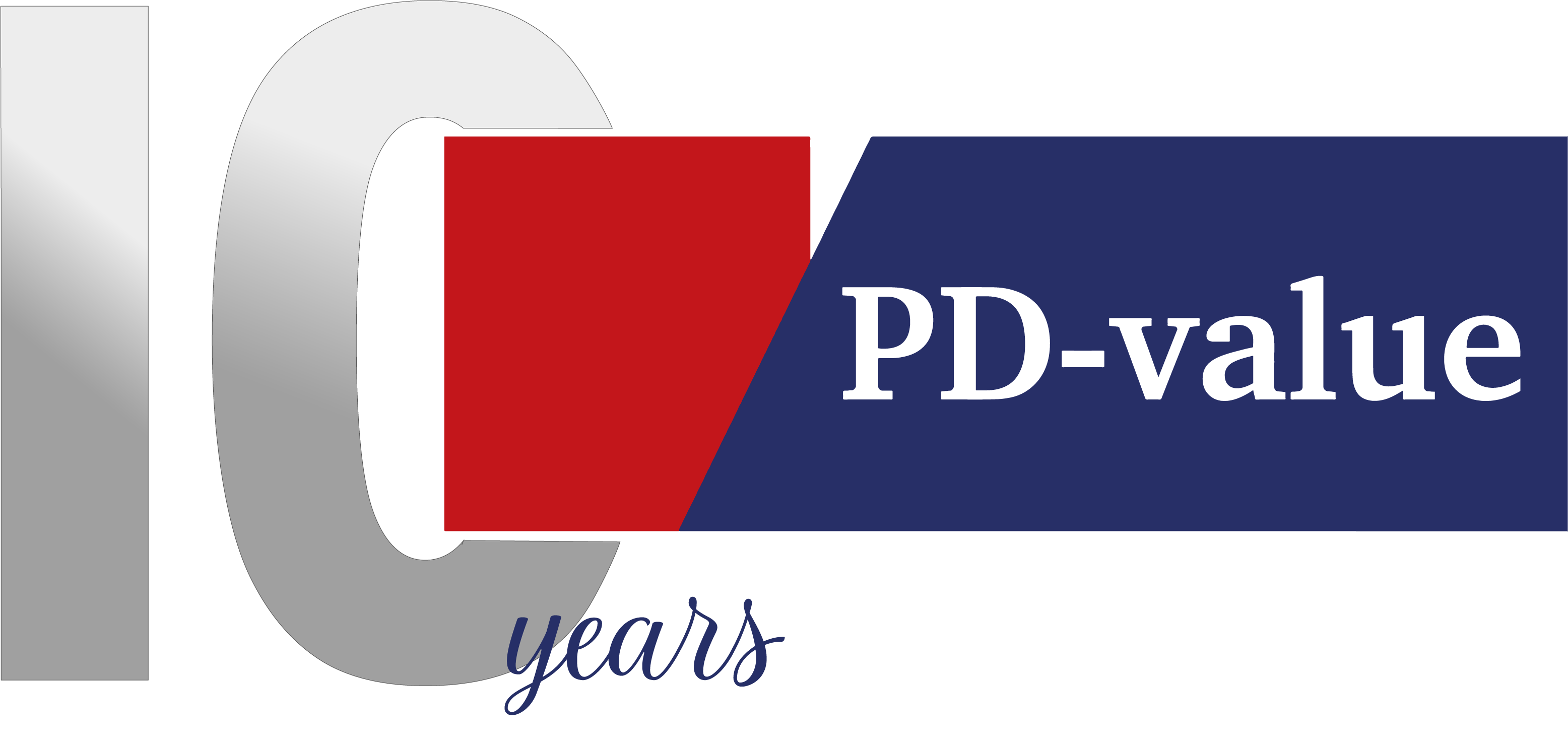
In my last blog, I wrote that I will, specifically, focus on dosing in two blogs, and this one will finalize our mini-series, if you will, on dosing, at least for now.
The first post focused more on the technical aspect of the topic, whereas now we will talk about the regulatory aspects taking FDA’s Project Optimus as the leading example. By and large, the project focuses on dose optimization and selection in the oncology field. Project Optimus is coordinated by The Oncology Center of Excellence, which was established by the FDA with the aim to conduct expedited reviews of drugs, biologics, and devices for cancer therapies bringing experts from FDA product centers. The Center calls the dose selection in the oncology space as being ‘inadequately characterized’ with the current approaches. Therefore, it aims not only to maximize the efficacy but also the safety and tolerability. This is obviously understandable and desirable considering the impact of drug efficacy, safety and tolerability on the patients’ quality of life.
As we mentioned in the previous blog, traditionally Maximum Tolerable Dose (MTD) approach is used in oncology trials. The approach became widely accepted during the cytotoxic drug development era when the therapeutic value was highly linked with the toxicity of the drug. However, oncology drugs moved from cytotoxic drugs towards more targeted therapeutics such as immunotherapies. As the dosing and dose regimen for these new therapeutic modalities differ from traditional cytotoxic cancer drugs, MTD seems to have little to no fit with the dose selection in these classes of oncology drugs. The FDA, along with other authorities, raised its concerns time and time again, resulting in a formal initiative: Project Optimus.
In the early days following the announcement of Project Optimus, it was not completely clear how the project would impact clinical trials, and more so ongoing ones. The expectation was that there won’t be an immediate impact on the ongoing studies, especially nothing of a limiting nature. A long-term shift from MTD to more comprehensive dose selection analyses was anticipated. However, over the last months, we witnessed more emphasis and urgency from FDA on improving the dose-determination. The Project Optimus lead, Drs. Mirat Shah indicated that the project focuses on the pre-approval and pre-market phases during an interview published in Clinical Advances in Hematology & Oncology on March 2022. With that, we expect to see randomized studies, which are common in drug development in all other therapeutic fields, now also in new oncology programs.
FDA made it clear many times that the drug developers in the oncology field need to generate and utilize all the knowledge from early studies and advised them to get in touch with FDA early on. It is mentioned that Investigational New Drug (IND) and pre-IND meetings are not too early to discuss the dose-determination. Although systems approaches are not explicitly mentioned in Project Optimus, I personally believe that the advice on generating and utilizing the knowledge from early on is not limited to dose-response and PK-PD analyses, but it also includes utilizing systems biology and quantitative systems pharmacology approaches which, in my opinion, will improve the dose selection overall in oncology trials. There is a great use for systems approaches in defining dose regimen without dedicating a long time to analyzing different doses in the clinic. Your in-silico trials can help you bring the highest potential dose regimen to the clinic, saving valuable resources. In addition, you can compare the efficacy of your investigational drug in different doses.
I find it also worthwhile to mention EMA’s position here on the topic. In 2015, EMA included the following statement in their ‘Report from Dose Finding Workshop.’
Identification of the maximum tolerated dose (MTD) is still the most commonly used method to identify the recommended phase II dose (RPIID) for oncology products. There is, however, a need to reconsider the assessment of MTD for some medicinal products where continuous dosing is the foreseen schedule.
Although EMA acknowledges MTD as standard, much like FDA, EMA also suggests taking a critical look at the method. You can read in the report that they also used a practical example to explain where their criticism is coming from, which in itself can be valuable to understand. EMA also mentioned that the ‘Aim is not to take MTD forward, rather the biologically effective dose with good safety profile. PK/PD modelling and translational research is important to define the optimal dose regimen in human’ in the same report.
Lastly, I want to address one question in everybody’s minds: ‘Will dropping MTD in oncology drug development cause a delay in time to market for oncology drugs?’. To be fair, MTD is a quick method to identify a dose that works. Maybe not the most precise but an acceptable, working dose. The models praised by FDA and other authorities might take a longer time. However, considering how often (FDA-mandated) dose optimization is happening post-marketing in the oncology field, addressing the dose identification will hardly affect the actual time the majority of the patients access the drug. We also need not overlook the fact that the dosages identified via MTD are usually not tolerable for the majority of the patients. I also want to emphasize, once again, that generating more knowledge about your investigational drug in non-clinical stages via systems approaches and others will help optimize clinical studies where most of the resources go. In that, I expect an overall improvement. Nonetheless, we might see further guidelines or practices to optimize the process in the coming years. I think it is a good idea to follow this space closely for everyone involved in dose selection in the oncology field.
Follow us for more blog posts like this one and news about us and our field. If you are a pharmaceutical industry researcher who wants to learn more about systems biology, systems pharmacology and their implementation in (pre-)clinical studies, Click Here to email us to get a consultation.
References
https://www.fda.gov/about-fda/oncology-center-excellence/project-optimus
https://www.ema.europa.eu/en/documents/report/report-european-medicines-agency/european-federation-pharmaceutical-industries-associations-workshop-importance-dose-finding-dose_en.pdf
https://www.hematologyandoncology.net/archives/march-2022/talking-to-the-fda-about-dose-optimization-and-the-aims-of-project-optimus/
15 October 2022 – Basak Tektemur-Altay
